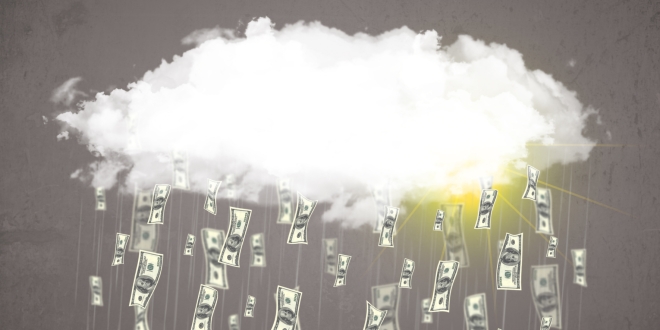By Lilah Raynor, CEO & Founder, Logica Research
Americans are navigating an uneven financial landscape. Inflation, tariffs, and economic uncertainty are putting pressure on household budgets, while digital tools are reshaping everyday transactions. Recent findings from the Logica® Future of Money study show two in five adults are cutting back on spending compared to late 2024, even as mobile wallets, payment apps, and Buy Now, Pay Later programs gain ground across generations.
This dual pattern of restraint and adoption illustrates how consumers are approaching money with both caution and flexibility. Consumers are spending less on non-essential items but continue to adopt payment tools that streamline checkout and give them more flexibility in managing purchases. The result is a marketplace where payment methods are changing faster than the amounts being spent.
Mobile payments moving fast
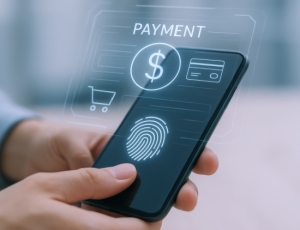
Mobile payments are a clear example. In our recent study, 59% of Americans report using their phones for in-person purchases, up from 52% last year. Younger adults are leading the shift, with 78% of Gen Z and 80% of Millennials paying by phone, most often with a debit card. Gen X adoption is in line with the overall average, while only 30% of Baby Boomers pay this way — and when they do, they are more likely to link a credit card.
These patterns align with broader research on consumer payment behavior. The Federal Reserve’s “Diary of Consumer Payment Choice” highlights the strong role of mobile among younger adults, while PYMNTS has reported that peer-to-peer activity increasingly originates on mobile devices. Industry analyses also show that contactless wallets are becoming a central part of everyday payments across North America, reinforcing the growth seen in our Future of Money study.
Even with this growth, merchant acceptance remains uneven. The “USA Payment Methods & Digital Payments 2025: Consumer Trends & Market Forecasts” report from earlier this year states that fewer than 60% of small businesses in the US accept digital wallets, while nearly all accept card payments. As consumer demand for faster checkout increases, the coverage gap becomes a practical challenge for merchants and service providers.
Payment apps growth
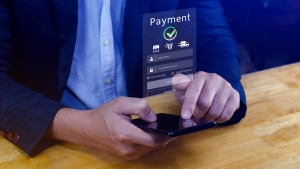
As mobile payments become more common, consumers are also broadening their use of digital platforms beyond the checkout line. For example, awareness of payment apps like PayPal, Venmo, Cash App, and Zelle is nearly universal. Millennials and Gen Z use these apps most frequently and often hold accounts across multiple platforms. This habit reinforces digital ecosystems where money moves across wallets, accounts, and peer-to-peer channels.
Alongside widespread use of these payment apps, the infrastructure supporting faster payment transactions is expanding. The FedNow Service, launched by the Federal Reserve in 2023, is a real-time payment rail that enables banks and payment providers to settle transactions instantly, creating the foundation for faster transfers within consumer apps and merchant platforms.
This service continues to add financial institutions, and analysts expect real-time settlement systems to drive growth in bill payments and B2B flows in 2025. While consumer-facing use for retail purchases is still early, integration with wallets and merchant platforms positions these apps to offer instant settlement alongside traditional card and ACH options.
BNPL breaking through
As consumers adopt mobile wallets and payment apps for everyday transactions, they are also turning to flexible credit options that spread out purchases. Buy Now, Pay Later programs are becoming a regular feature of this evolving payments mix. Logica’s Future of Money study shows more consumers using Buy Now, Pay Later services through PayPal Credit, Pay in 4, AfterPay, and Klarna.
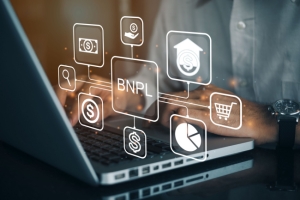
Other recent data supports this growth. Empower reports that monthly BNPL spending increased by 21% year-over-year, rising from $201.60 to $243.90. Fintech Futures projects that the US BNPL market will reach $122 billion in 2025, and Worldline estimates that 91.5 million US consumers will use BNPL this year, underscoring the scale of adoption alongside the trends identified in our study.
Repayment patterns are drawing closer attention as usage grows. Fool.com found that about one in three BNPL users have lost track of at least one payment, while LendingTree reports that 41% of users were late on a payment in the past year. In addition, FICO announced it will begin incorporating BNPL repayment behavior into credit scores in late 2025.
Together, these developments suggest that installment programs are becoming embedded in the core consumer credit system, highlighting a growing need for consumers to track recurring expenses—such as BNPL payments, subscriptions, and other regular costs—alongside their debit card and P2P transactions.
Many large platforms have embedded BNPL into their ecosystems, like Samsung Wallet through Splitit in early 2025, and Walmart integrated installment loans with Klarna at checkout. BNPL is part of mainstream payments rather than a stand-alone option.
Implications for the payments sector
The combined findings from the Logica Future of Money Study and beyond point to several implications:
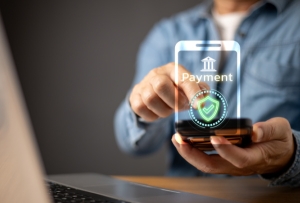
- Checkout optimization: Consumers are adopting multiple tools to complete purchases. Merchants and providers must embed mobile wallets, BNPL, and faster payments directly into checkout flows optimally for consumers.
- Credit transparency: With BNPL repayment history influencing credit scores, clear disclosure of terms and repayment schedules is required.
- Tracking systems: Systems designed to help consumers better track spending and missing payments present an opportunity.
- Credit and fraud assessment: Payment providers need to factor BNPL repayment behavior and real-time settlement activity into their credit decisioning and fraud detection systems.
- Infrastructure integration: Payment systems, including wallets, cards, ACH, and instant transfers between banks, need to work together so transactions can move smoothly across different networks.
- Inclusive design: Younger adults lead in mobile and BNPL adoption, while older adults remain more credit-card focused. Payment interfaces should accommodate both patterns.
Americans may be reducing spending in the current climate, but they continue to adopt new payment tools. Mobile wallet use is expanding, payment apps are embedded in daily routines, and BNPL continues to grow despite repayment challenges. Credit reporting changes and real-time settlement systems will shape how consumers and institutions manage payments through 2025. Together, these shifts point to a payments ecosystem that is evolving quickly, even as overall consumer spending remains under pressure.
About the Author

Lilah Raynor is CEO & Founder, Logica Research. As founder of Logica Research, Lilah is driven to help organizations use research to improve people’s lives and drive business growth. She is a speaker and writer on the Future of Money, customer engagement and insights communication. Lilah is a member of Women in Research, and Logica® is a certified women-owned business. Logica excels at creating customized research solutions that spark brand engagement, launch products and services, and establish thought-leadership programs. The company’s ongoing Logica® Future of Money Study highlights the consumer mindset around how we make, spend, save, and invest.
Recent PaymentsNEXT news:
Signs Your Organization Needs an Automated OFAC Checking Solution

